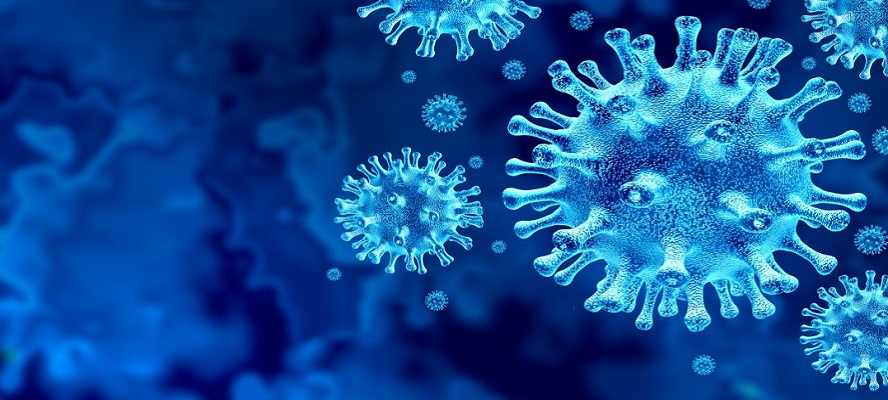A study by investigators at the Stanford University School of Medicine and other institutions has turned up immunological deviations and lapses that appear to spell the difference between severe and mild cases of COVID-19.
That difference may stem from how our evolutionarily ancient innate immune system responds to SARS-CoV-2, the virus that causes the disease. Found in all creatures from fruit flies to humans, the innate immune system rapidly senses viruses and other pathogens. As soon as it does, it launches an immediate though somewhat indiscriminate attack on them. It also mobilises more precisely targeted, but slower-to-get-moving, “sharpshooter” cells belonging to a different branch of the body’s pathogen-defense forces, the adaptive immune system.
“These findings reveal how the immune system goes awry during coronavirus infections, leading to severe disease, and point to potential therapeutic targets,” said Bali Pulendran, Professor of pathology and of microbiology and immunology and the senior author of the study.
Lead authorship is shared by Stanford postdoctoral scholars Prabhu Arnunachalam and Florian Wimmers along with Chris Ka Pun Mok and Mahen Perera, both assistant professors of public health laboratory sciences at the University of Hong Kong.
The researchers analysed the immune response in 76 people with COVID-19 and in 69 healthy people. They found enhanced levels of molecules that promote inflammation in the blood of severely ill COVID-19 patients. Three of the molecules they identified have been shown to be associated with lung inflammation in other diseases but had not been shown previously in COVID-19 infections.
“These three molecules and their receptors could represent attractive therapeutic targets in combating COVID-19,” said Pulendran, who is the Violetta L Horton Professor. His lab is now testing the therapeutic potential of blocking these molecules in animal models of COVID-19.
The scientists also found elevated levels of bacterial debris, such as bacterial DNA and cell-wall materials, in the blood of those COVID-19 patients with severe cases. The more debris, the sicker the patient — and the more pro-inflammatory substances circulating in his or her blood.
The findings suggest that in cases of severe COVID-19, bacterial products ordinarily present only in places such as the gut, lungs and throat may make their way into the bloodstream, kick-starting enhanced inflammation that is conveyed to all points via the circulatory system.
But the study also revealed, paradoxically, that the worse the case of COVID-19, the less effective certain cells of the innate immune system were in responding to the disease. Instead of being aroused by material from viruses and bacteria, these normally vigilant cells remained functionally sluggish.
If high blood levels of inflammation-promoting molecules set COVID-19 patients apart from those with milder cases, but blood cells are not producing these molecules, where do they come from? Pulendran believes they originate in tissues somewhere in the body — most likely patients’ lungs, the site of infection.
“One of the great mysteries of COVID-19 infections has been that some people develop severe disease, while others seem to recover quickly. Now we have some insights into why that happens,” Pulendran said.
Pulendran is a member of Stanford Bio-X and a faculty fellow of Stanford ChEM-H.
Other Stanford study co-authors are MD-PhD student Madeleine Scott; postdoctoral scholars Thomas Hagan and Yupeng Feng; basic life research scientist Natalia Sigal; senior research scientist Dhananjay Wagh; John Coller, Director of the Stanford Functional Genomics Facility; Holden Terry Maecker, Professor of microbiology and immunology; and Purvesh Khatri, Associate Professor of Biomedical Informatics and Biomedical Data Science.
Researchers at Emory University, the University of Hong Kong and the Hospital Authority of Hong Kong also participated in the work.
The study was sponsored by the National Institutes of Health, the Sean Parker Cancer Institute, the Soffer Endowment and the Violetta Horton Endowment.
(Source: Stanford Medicine News Center)

